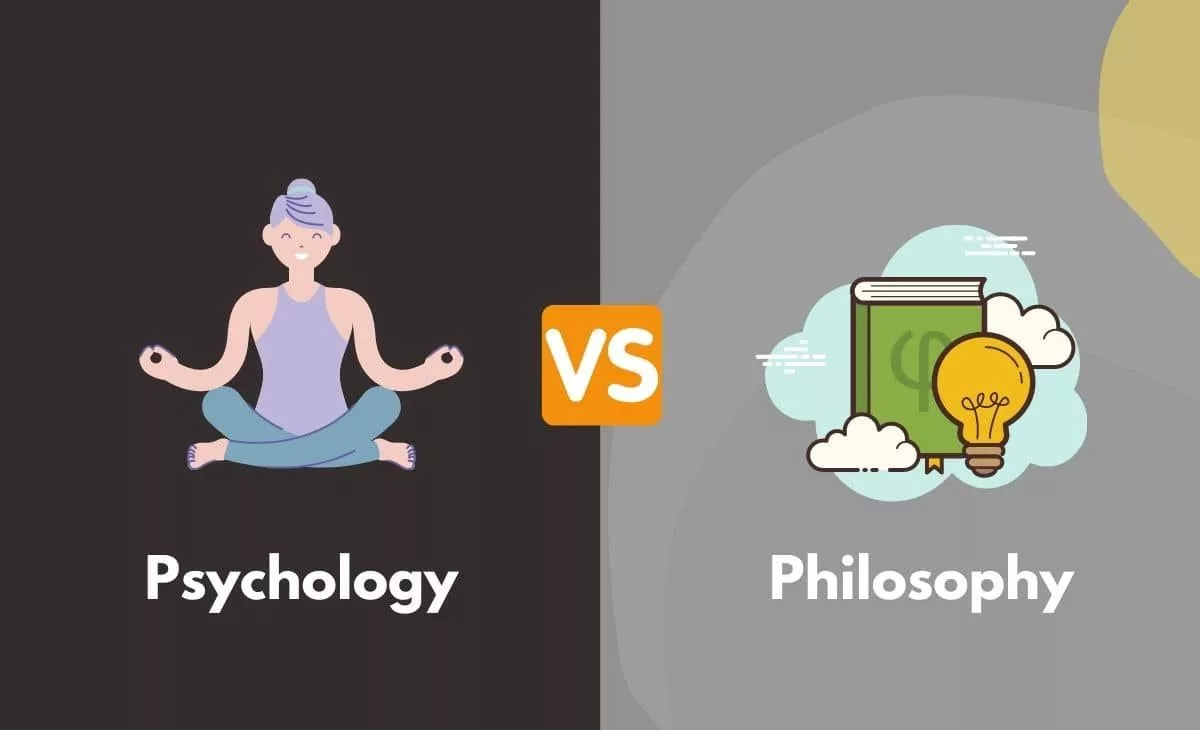Physiotherapist Vs Chiropractor – Unraveling the Differences
Navigating the vast landscape of healthcare can be challenging, especially when faced with musculoskeletal issues that require specialized attention. Among the diverse array of professionals, physiotherapists and chiropractors stand out as key players in the realm of musculoskeletal rehabilitation. Physiotherapists and chiropractors are both healthcare professionals who specialize in the treatment of musculoskeletal issues, but they have distinct differences in their approaches, philosophies, and treatment modalities. In this blog post, we will delve deep into the differences between physiotherapist and chiropractor, unraveling their distinct approaches, philosophies, and methodologies. By understanding these differences, individuals can make informed decisions about their healthcare journey and find the right path to recovery.
1. Education and Training

- Physiotherapists:
- Typically hold a bachelor’s or master’s degree in physiotherapy.
- Receive comprehensive education in anatomy, physiology, rehabilitation techniques, and clinical practice.
- Undergo hands-on clinical training to apply theoretical knowledge in real-world settings.
- Emphasize a broad understanding of the human body and its various systems.
- Chiropractors:
- Complete a Doctor of Chiropractic (D.C.) program, a doctoral-level degree specifically focused on chiropractic care.
- Study anatomy, physiology, chiropractic techniques, radiology, and clinical practice.
- Receive extensive clinical training, particularly in spinal adjustments and manipulations.
- Concentrate on the detection and correction of vertebral subluxations.
2. Scope of Practice

- Physiotherapists:
- Specialize in the rehabilitation of patients with various conditions, including musculoskeletal injuries, neurological disorders, and respiratory issues.
- Use a holistic approach to address overall health concerns.
- Prescribe personalized exercise programs to improve strength, flexibility, and functional abilities.
- Incorporate modalities like ultrasound, electrical stimulation, and heat/cold therapy into their treatments.
- Chiropractors:
- Primarily focus on the spine and its relationship to the nervous system.
- Specialize in managing musculoskeletal pain, especially in the spine (back pain, neck pain, headaches).
- Perform manual spinal adjustments or manipulations to correct vertebral subluxations.
- Some may integrate soft tissue techniques and adjunctive therapies to address muscle tension.
3. Treatment Approaches

- Physiotherapists:
- Use a variety of manual therapy techniques, including joint mobilization, soft tissue massage, and stretching.
- Emphasize functional rehabilitation, aiming to restore patients’ abilities to perform daily activities.
- Focus on evidence-based practices and a holistic view of the body.
- Chiropractors:
- Rely on manual spinal adjustments to correct misalignments and improve spinal function.
- Incorporate soft tissue techniques, such as massage or trigger point therapy.
- Often center treatments on the spine’s role in overall health and the nervous system.
4. Conditions Treated

- Physiotherapists:
- Address a wide range of conditions, including orthopedic injuries, sports injuries, neurological disorders, and respiratory issues.
- Play a crucial role in post-surgery rehabilitation.
- Take a holistic approach to patient care.
- Chiropractors:
- Specialize in managing musculoskeletal pain, such as back pain, neck pain, and headaches.
- Focus on preventive chiropractic care, advocating routine adjustments to maintain spinal health.
- Emphasize the role of spinal alignment in overall well-being.
5. Patient Education

- Physiotherapists:
- Empower patients with knowledge and skills for self-management.
- Educate on exercises, lifestyle modifications, and preventive measures.
- Emphasize holistic health and overall well-being.
- Chiropractors:
- Educate patients on the importance of spinal health.
- Advocate for routine adjustments as a preventive measure.
- Provide guidance on lifestyle changes to support spinal health.
6. Philosophical Differences

- Physiotherapists:
- Adopt a holistic perspective, considering the interconnectedness of different body systems.
- Emphasize evidence-based practices and collaborate with a multidisciplinary team.
Chiropractors:
- Place a particular emphasis on the spine’s role in overall health.
- Advocate for preventive chiropractic care and may operate more independently.
- Physiotherapists:
It’s important for individuals seeking care to consider their specific needs, preferences, and the nature of their condition when choosing between physiotherapy and chiropractic care. Additionally, consulting with healthcare professionals can help determine the most appropriate course of action for individual cases.
Conclusion: Physiotherapist and Chiropractor

In the realm of musculoskeletal care, physiotherapists and chiropractors play pivotal roles, each with its distinctive approach and philosophy. Physiotherapists offer a holistic perspective, addressing a broad spectrum of conditions through evidence-based practices, comprehensive rehabilitation, and collaborative care. On the other hand, chiropractors focus on spinal health, using manual adjustments to correct subluxations and promoting preventive chiropractic care. Understanding these differences is crucial for individuals seeking musculoskeletal care to make informed decisions about their healthcare journey. Whether opting for the comprehensive and diverse approach of a physiotherapist or the specialized focus on spinal health offered by a chiropractor, patients can benefit from tailored care that aligns with their specific needs and preferences.
In essence, both professions contribute significantly to the well-being of individuals, promoting mobility, function, and overall health. As the fields of physiotherapy and chiropractic care continue to evolve, individuals can navigate their healthcare choices with confidence, armed with the knowledge of the nuanced distinctions between these two valuable professions.
Best Chiropractor Near Me in Orlando, Florida
CALL NOW +1-407-434-7246
If you have suffered any type of injury or have been experiencing pain that just won’t go away regardless of what you do, then all you have to do is call and speak with our friendly staff. Find Best Chiropractic Care in Orlando, Florida. Moreover, our team can help you get the treatment you need and ensure that the pain you experience is alleviated – once and for all.
We are proud to serve the areas of Orlando, Altamonte Springs, Haines City, Plant City, Kissimmee, Winter Haven, and Ocala.
Contact us for Chiropractor near me in Orlando, Florida for an Appointment Today.
Is it better to see a physiotherapist or chiropractor?
Physiotherapy can focus on the whole body and how it functions by utilising exercises, stretching, and some manipulations in order to improve mobility. Chiropractic care will focus more specifically on pain found in the back, neck, and head, as well as in the joints found along with the limbs.
What is better chiropractor or physical therapist?
The goals of physical therapy and chiropractic care are similar: to help you move better with less pain after an injury or surgery. The reasons for seeing one over the other depend on the nature of your injury. If you have an acute problem with your back or neck, then a chiropractor may be the best choice.
Is it better to see a physiotherapist or chiropractor for sciatica?
For example, if your sciatica is mild and you are looking for ways to relieve the pain and improve range of motion, you should see a physiotherapist. If you have a moderate case of sciatica and want to speed up your recovery, you might want to see a physiotherapist first and then see a chiropractor.
Why chiropractic is better than physiotherapy?
If symptoms are a result of spinal or neurological conditions, seeking treatment from a chiropractor is recommended. On the other hand, if symptoms are associated with a musculoskeletal condition, physical therapy is the best route.
What is better for back pain physio or chiropractor?
If your back or joints feel locked, stiff, and sore or maybe haven't responded to other treatments, then a consultation with a chiropractor is recommended. Soft tissue problems are more commonly treated by physiotherapists as well as joint and muscular problems which are restricting movement and causing pain.



